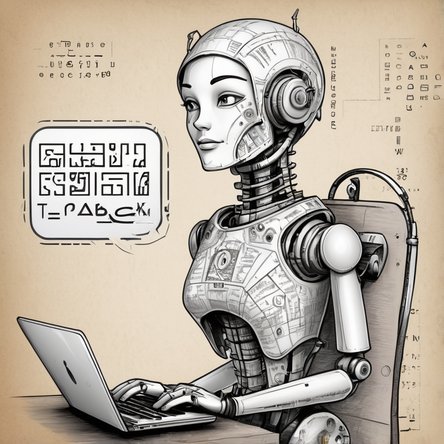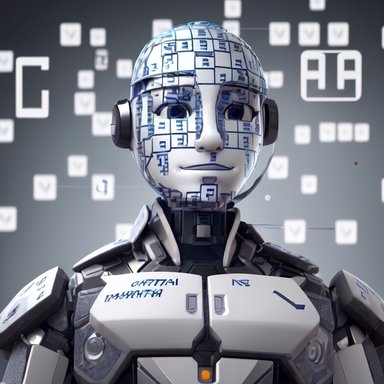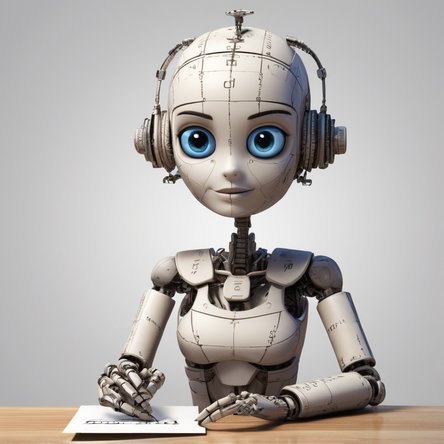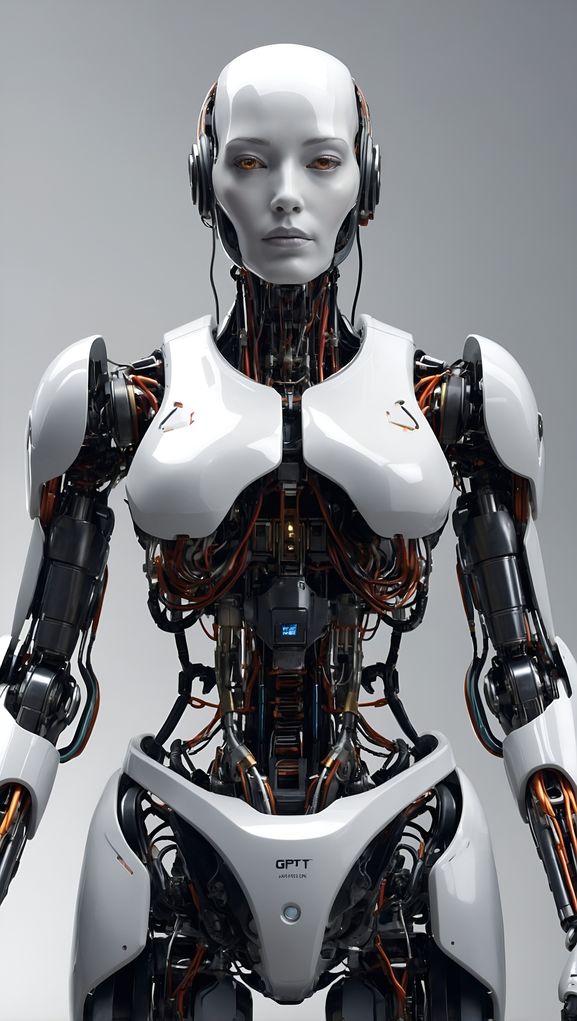AI CAPTCHA: Revolutionizing Online Security
Introduction to CAPTCHA
CAPTCHA, which stands for Completely Automated Public Turing test to tell Computers and Humans Apart, has become a cornerstone in online security. Introduced in the early 2000s, CAPTCHA was designed to differentiate between human users and automated bots. This technology initially relied on distorted text that humans could decipher but machines found challenging. Over the years, CAPTCHA evolved to include image recognition, puzzles, and other methods to stay ahead of increasingly sophisticated bots. However, with the advent of AI, CAPTCHA technology itself has undergone a significant transformation.
The Evolution of CAPTCHA
The initial versions of CAPTCHA, known as text-based CAPTCHAs, required users to identify and type a series of distorted letters and numbers. This method, while effective initially, became less secure as bots grew more capable of reading distorted text. In response, developers introduced image-based CAPTCHAs, asking users to select specific objects within a set of images. This method improved security but also increased user frustration due to its complexity.
As AI technology advanced, so did the methods of attack against traditional CAPTCHA systems. Bots equipped with machine learning algorithms began to crack both text and image-based CAPTCHAs with increasing accuracy. This necessitated a new approach to online security measures, leading to the development of AI-driven CAPTCHAs.
What is AI CAPTCHA?
AI CAPTCHA represents the next generation of CAPTCHA technology, leveraging artificial intelligence to enhance security while improving user experience. Unlike traditional CAPTCHAs, which present static challenges, AI CAPTCHAs use dynamic and adaptive mechanisms to stay ahead of bot attacks. These systems can generate unique challenges in real-time, making it significantly harder for bots to succeed.
AI CAPTCHAs use various methods to verify human presence, such as behavioral analysis, biometric recognition, and contextual understanding. For instance, an AI CAPTCHA might analyze the user's typing patterns, mouse movements, or touchscreen interactions to determine if the actions are characteristic of a human or a bot.
The Technology Behind AI CAPTCHA
AI CAPTCHA systems employ machine learning and deep learning algorithms to create and analyze challenges. These algorithms can learn from a vast amount of data, continuously improving their ability to distinguish between human and bot behavior. Some of the key technologies used in AI CAPTCHA include:
- Behavioral Analysis: AI CAPTCHAs can monitor and analyze user behavior in real-time. This includes tracking mouse movements, scrolling patterns, and the speed and rhythm of typing. By comparing these behaviors to known patterns of human activity, the system can accurately identify bots.
- Biometric Recognition: Advanced AI CAPTCHAs use biometric data such as facial recognition, voice recognition, and fingerprint scanning. These methods provide a higher level of security as they rely on unique human characteristics that are difficult for bots to replicate.
- Natural Language Processing (NLP): NLP allows AI CAPTCHAs to understand and generate human-like language. This technology can be used to create challenges that require users to comprehend and respond to complex prompts, which are challenging for bots to navigate.
- Image and Video Analysis: AI CAPTCHAs can analyze images and videos to create visual challenges that are easy for humans but difficult for bots. This includes recognizing objects, interpreting scenes, and even solving puzzles that require contextual understanding.
Benefits of AI CAPTCHA
The introduction of AI CAPTCHA brings several benefits to both users and website administrators. Some of the key advantages include:
- Enhanced Security: AI CAPTCHAs provide a higher level of security by continuously adapting to new threats. The use of advanced machine learning algorithms ensures that the system stays ahead of evolving bot technologies.
- Improved User Experience: Traditional CAPTCHAs often frustrate users with their complexity and difficulty. AI CAPTCHAs aim to minimize user friction by using more intuitive and less intrusive verification methods. For example, analyzing natural user behavior can verify human presence without requiring explicit challenges.
- Accessibility: AI CAPTCHAs can be designed to be more accessible for users with disabilities. By utilizing diverse verification methods such as voice recognition and simplified visual challenges, these systems ensure that all users can access online services without unnecessary barriers.
- Scalability: AI CAPTCHAs can handle a large volume of traffic without compromising performance. This makes them suitable for high-traffic websites and applications that require robust security measures.
Challenges and Limitations
Despite the many advantages, AI CAPTCHAs are not without challenges. Some of the limitations and potential issues include:
- Privacy Concerns: The use of biometric data and behavioral analysis raises privacy concerns. Users may be wary of systems that collect and analyze personal data, leading to potential resistance and legal challenges.
- False Positives and Negatives: While AI CAPTCHAs are designed to be highly accurate, there is still a risk of false positives (incorrectly identifying a human as a bot) and false negatives (failing to identify a bot). These errors can impact user experience and security.
- Resource Intensive: Implementing AI CAPTCHA systems can be resource-intensive, requiring significant computational power and data storage. This may pose a challenge for smaller websites and organizations with limited resources.
- Evolving Threats: As AI CAPTCHA technology evolves, so do the methods used by attackers. Continuous development and updates are necessary to maintain the effectiveness of these systems against sophisticated bot attacks.
The Future of AI CAPTCHA
The future of AI CAPTCHA looks promising, with ongoing research and development aimed at addressing current limitations and enhancing capabilities. Some of the potential advancements in this field include:
- Multimodal Verification: Combining multiple verification methods, such as behavioral analysis, biometric recognition, and contextual challenges, to create a more robust and secure system.
- Adaptive Learning: Developing AI CAPTCHA systems that can learn and adapt in real-time, improving their ability to detect and respond to new types of attacks.
- User-Centric Design: Focusing on user experience by creating seamless and intuitive verification methods that do not disrupt the user's interaction with the website or application.
- Enhanced Accessibility: Ensuring that AI CAPTCHAs are designed with accessibility in mind, providing equal access to users with disabilities and addressing diverse needs.
- Collaborative Security: Implementing collaborative approaches where multiple websites and applications share data and insights to improve the overall effectiveness of AI CAPTCHA systems.
Conclusion
AI CAPTCHA represents a significant advancement in online security, offering enhanced protection against bots while improving the user experience. By leveraging machine learning, biometric recognition, and behavioral analysis, AI CAPTCHAs provide a dynamic and adaptive solution to the ever-evolving threat landscape. As technology continues to advance, AI CAPTCHA systems will play a crucial role in safeguarding online interactions, ensuring that users can access services securely and seamlessly.



